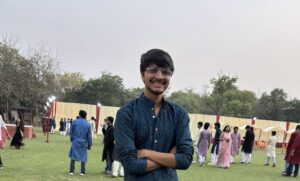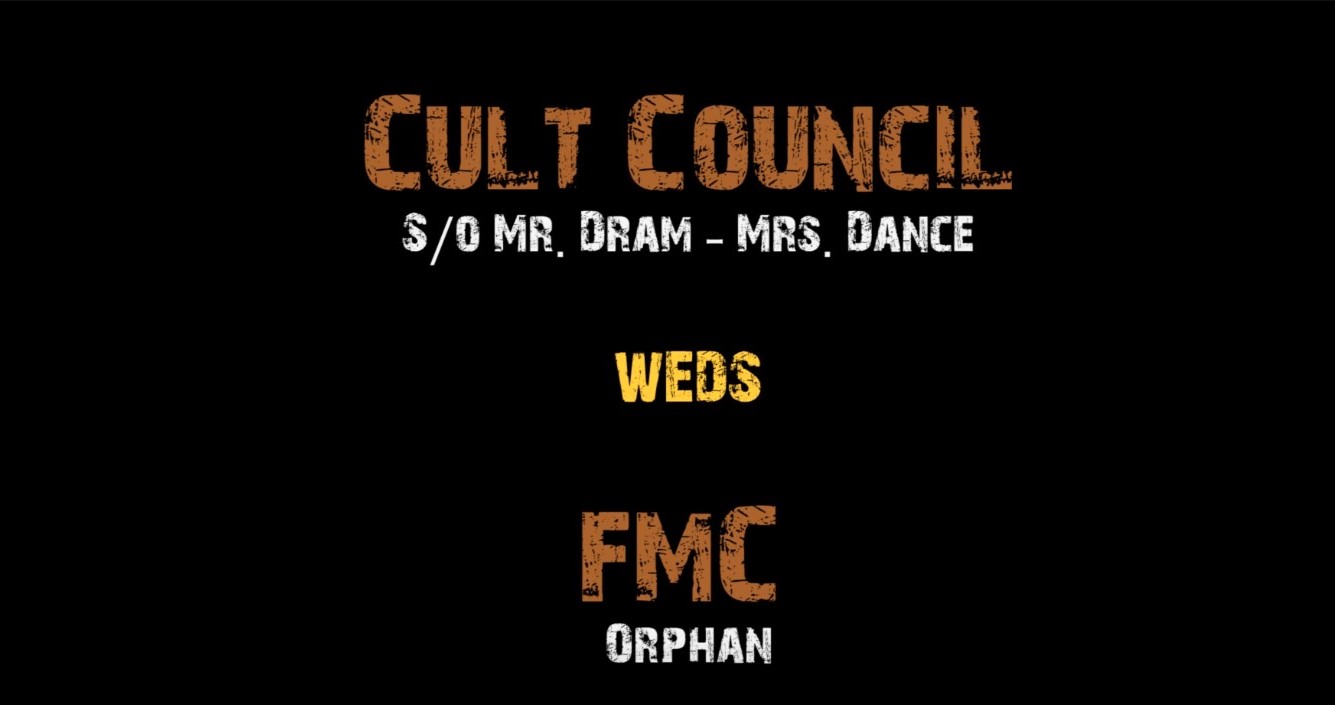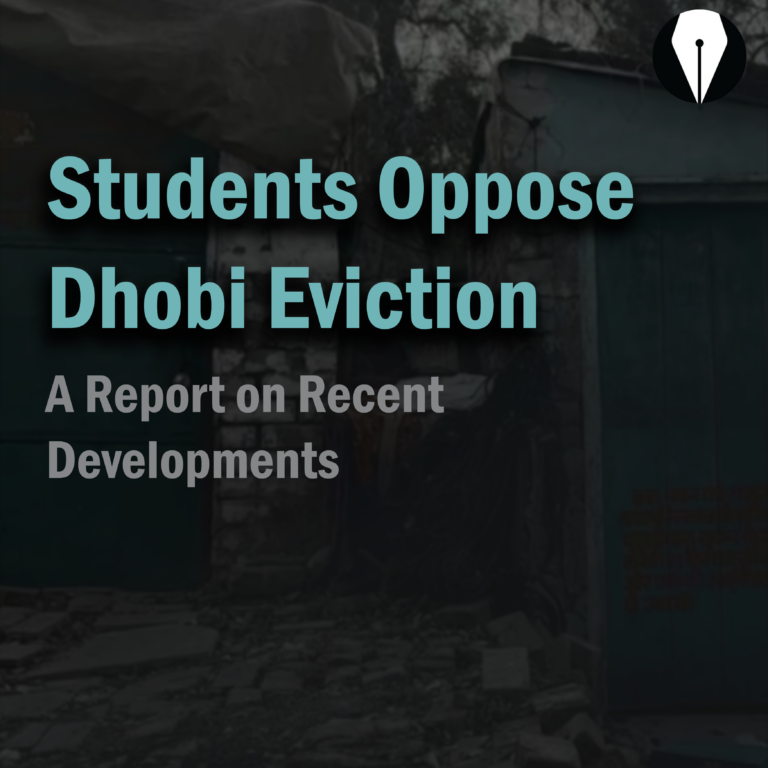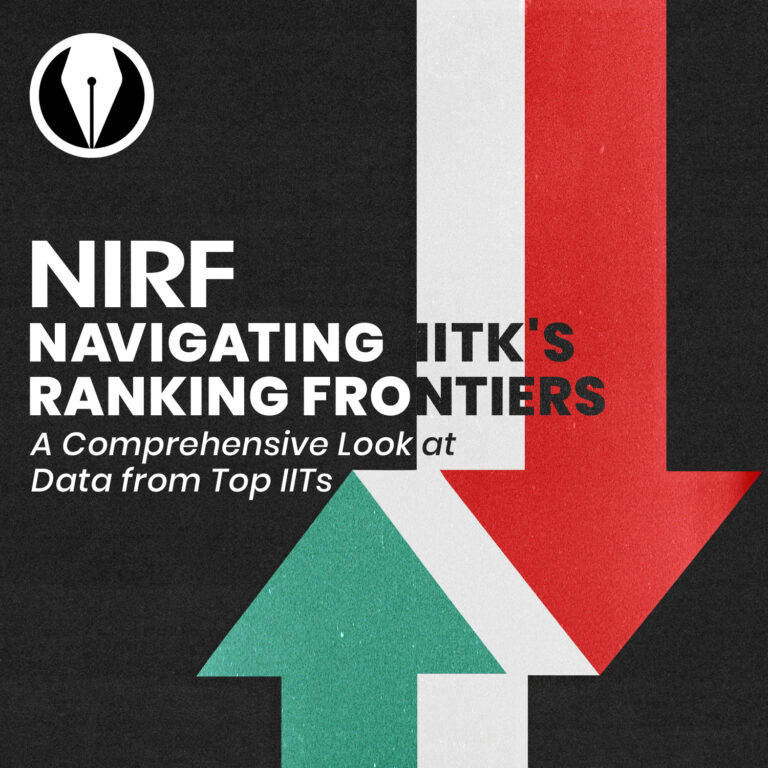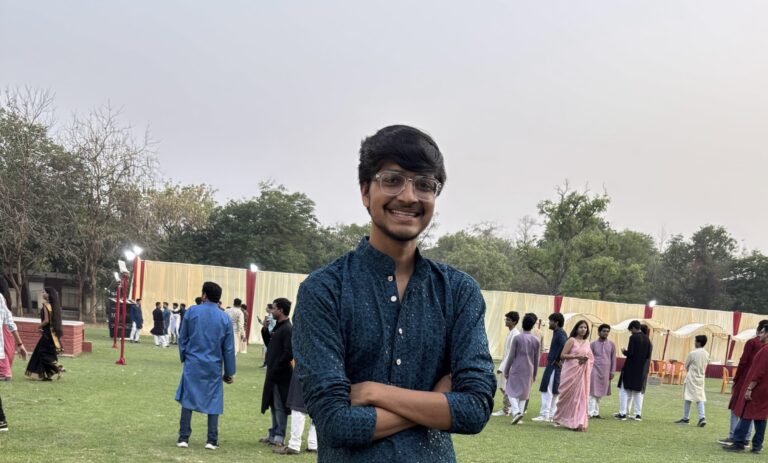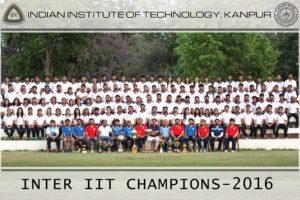–
The Media and Cultural Council as we now know it was born out of a merger between the Cultural Council and the Films and Media Council, nearly 2 years ago on a trial basis. The decision was taken by the Students’ Senate on recommendations of the GRC (Gymkhana Review Committee) back in the winter semester of 2016-17. As the second semester of the year 2018-19 kicked in, a review of this trial merger was long due. A report finding the merger satisfactory was submitted by the Merger Review Committee constituted by The Students’ Senate. The senate thus decided to continue with this merger. So, what were the reasons and ideology behind the merger? How did the merger affect the Gymkhana in the first place? Vox brings to you a detailed analysis of the merger, its ideologies, effects and what lies in the future.
One of the key arguments that supported the merger of the two councils back in March 2017 was that a common council will assist in collaborative activities. A merged council would, in the words of the GRC, “widen their(the councils’) reach as well as broaden the horizon of learning for all general body members. Ultimately, this will lead to a holistic environment with fresh enthusiasm for the Gymkhana as a whole.”
Vedant Goenka (Chairperson, Students’ Senate, 2016-17) mentioned that content creators are present in the Cultural Council while content publishers are present in the Films and Media Council. Ashutosh Ranka (President, Students’ Gymkhana, 2016-17) supported his point by stating that collaborations between clubs might produce a gem. The reasons stated for this increase in collaborations were twofold, firstly increased ease of resource sharing and secondly a decrease in conflicts of interest fostered by a sense of belonging to the same council. Moreover, a significant fraction of student representatives around the time of the merger, considered that the two councils and their administration were not too different and that a single merged entity might lead to improved efficiency and accountability. The above mentioned arguments coupled with the growing belief that the gymkhana needed to change to adapt to the transforming interests and needs of the student community led to the decision of merging the 2 councils on a trial run till the end of 2018-19/I semester.
While the reasons stated do seem rational and exciting, nonetheless, the “spike” in the number of collaborations that was anticipated following the merger has not been actualized. Swapnil Kumar (the first General Secretary of the Media and Cultural Council, 2017-18) believed it was due to lack of clarity in the mission or goals of the merged council that had to be accomplished at the ground level.
A particular and sole example of successful collaboration is that of ELS and Films Club which led to the initiation of Open Mics on campus. Though it is believed that the role of the Films Club was limited to sharing of resources with ELS, while everything else was from the side of ELS. This surely cannot be the sort of “gem” from collaborations that the pro-merger people had anticipated. At the same time, ELS Coordinator Karan Jha agreed that though the resource sharing within the clubs has eased out, yet any magnificent utilization of this ease has not happened. Nishant Shukla, former Photography Club Coordinator expressed his concern regarding the large number of clubs that are a part of the Media and Cultural Council – “Ambitious initiatives coming from any of the 14 clubs would find it very difficult to get implemented under the leadership of an overburdened GenSec. Montage Film Festival, an event organized by FMC was scrapped. A “New Movie Screening” project that was ideated as well as approved was never implemented. Photography Club Exhibitions that used to be held two times every year, were also scrapped for similar reasons.”
A centralised publicity wing is another one of the more subtle advantages that the Merger was supposed to incur. One of the suggestions to achieve this was to merge the Facebook Pages of the two councils. With the expectation that “The new page will have a greater reach than the currently existing pages of the separate councils”, as quoted in the GRC report. But, with the majority of the audience of both the original pages being essentially the same, the outcome expected was inadequately envisioned. Also, no significant developments have been made to establish a robust publicity wing. Swapnil Kumar shared with us what he realized during his tenure- “All the media and cultural clubs have a particular way of working that they have gotten used to over time. While in cultural clubs there is minimum involvement of the GenSec, the GenSec has a lot more say in the planning and working of the FMC clubs.” It is broadly observed that the films and media clubs are still evolving and need proper guidance from a fourth yearite, and thus are more dependent on their GenSec. On the other hand, the Cultural Council GenSec has more administrative duties. It is contrary to the belief that ‘General Secretary, Films and Media’ and ‘General Secretary, Cultural Affairs’ dispense similar duties.
Various concerns were raised, the gravest of them being the possibility that Films and Media may lose its identity as a separate art form. Rhythm Pathak, The coordinator, Film’s Club said that, “Since people are less acquainted with the activities associated with the FMC (since school times), FMC required an incubation period when it was in infancy (first half of this decade). FMC was undermined by criticism while it was still struggling to grow.” Regarding the point about collaborations Rhythm added that, “collaborations are a necessity for FMC they will have to happen in the presence or absence of a merger so the point regarding collaborations in favor of merger seems redundant.”
The merger unarguably has been one of the biggest changes to the structure of the Gymkhana in recent times. The people who have a pro-merger stance may say that the merger needs to be given more time, that one and a half year were not enough for the positive effects to pan out. But what is supposed to change over the course of, say another one and a half year? The on-ground goals and expectations from the merger should be clearly defined. The need of proper mentorship to evolve FMC clubs should be acknowledged and hence relevant structural changes in the core team of the Media and Cultural Council should be made. And maybe then we can get the ‘gem’ that we dreamt of 2 years ago.
MRC Report: https://drive.google.com/file/d/14zL1sCx40KijA4-ZVujr_2Xa4_rWvcvI/view
Written by Neil Shirude and Yash Kuwade
Edited by Smarth Gupta and Harshit Bhalla
Edit: Please note that the quotes of Vedant Goenka mentioned in the article were made in January, 2016 (i.e. Before he was appointed as the Chairperson, Students’ Senate)

